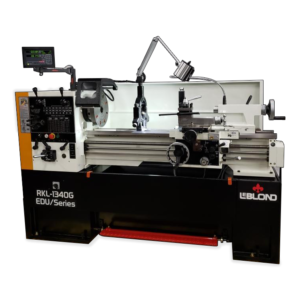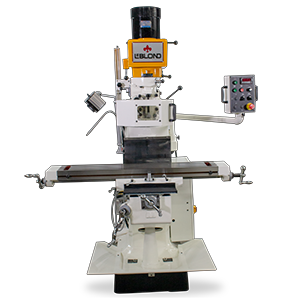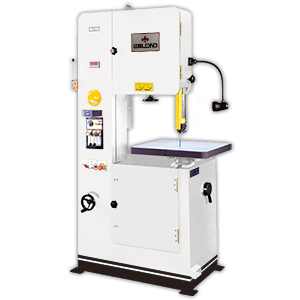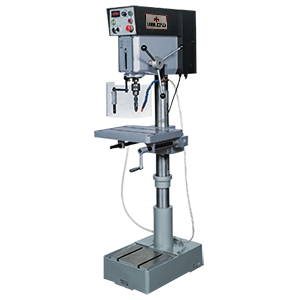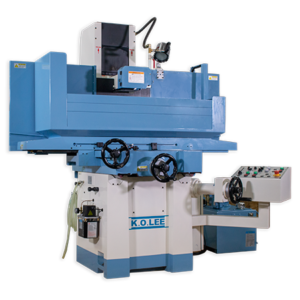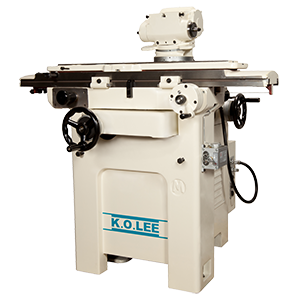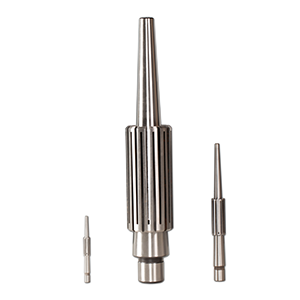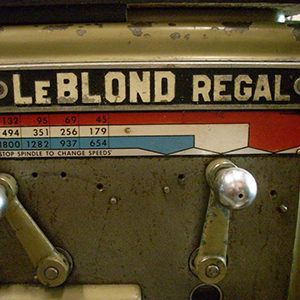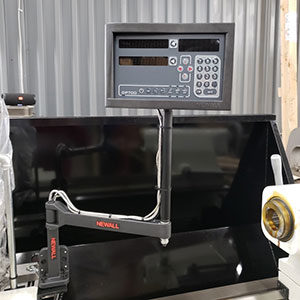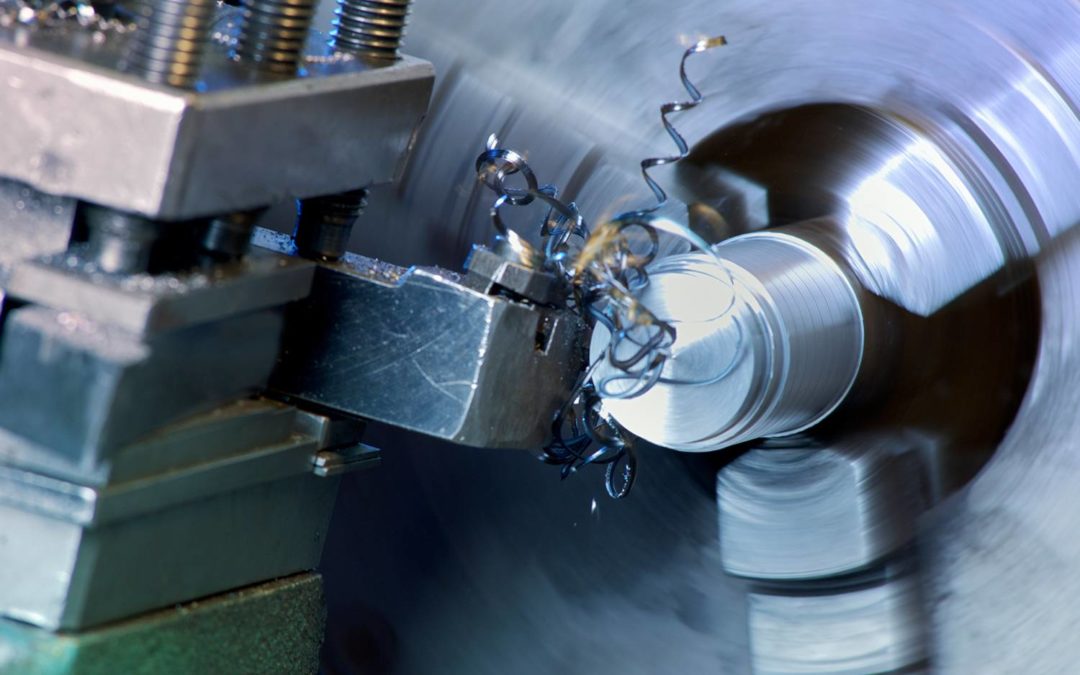5 Tooling Types for Lathes
Producing a quality part on a lathe means knowing the end results needed and applying appropriate application of the tool. Lathe tooling is essential for machining operations, enabling precise cutting, shaping, and finishing of workpieces. Below are five common types of lathe tools and lathe tooling uses:
1. Turning Tools
Turning tools are primarily used to reduce or shape the outer diameter of a workpiece. They can perform straight turning (to achieve a uniform diameter), tapered turning (to create conical shapes), and contour turning (for complex profiles). Tool sharpness is critical on the cutting performance, surface finish and tool life.
Cutting Edge Radius Values:
- Sharp edge (≤5µm radius) for finishing and reducing cutting forces
- Standard edge (10-20µm radius) for general turning, balancing sharpness and durability
- Heavy-duty edge (≥30µm radius) for roughing and interrupted cut
Tool Nose Radius
Typical Ranges are 0.2mm to 3.2mm
Rake Angel
- Positive rake angle (+5° to +25°) for sharper cutting edge
- Neutral (0° rake angle) balanced sharpness and durability
- Negative rake angle (-5° to -15°) reduces edge chipping but needs more cutting force
Relief Angle
This tool affects edge contact and sharpness. Common angles are 5° to 15°
Honed Edge
This tool is used for tough metals to reduce chipping
Sharp Ground Edge
This tool is best for finishing cuts and soft metals
2. Boring Tools
Boring tools are used to enlarge or refine pre-drilled or cast holes. They create precise internal diameters, correct hole misalignments, or improve surface finishes. Common in applications such as engine cylinder machining, boring tools are mounted on boring bars for stability, allowing them to reach deep into the workpiece. Considerations for quality parts include:
- Boring bar material is made from high-speed steel (HSS), carbide, or cermet & PCD.
- Boring bar diameter should be 3-4 times smaller than bore depth for stability
- Overhang offers necessary rigidity:
- Standard ratio (≤4:1 length to diameter ratio) for maximum rigidity
- Extended Reach (5:1 to 10:1 length to diameter ratio) requires vibration-dampening techniques or anti-vibration bars
- Deep boring (>10:1 length to diameter ratio)
- Other Considerations
- Tool geometry
- Cutting inserts
- Cutting speed and feed rates
- Coolant and chip control
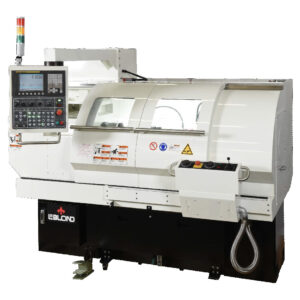
3. Threading Tools
Threading tools create internal or external threads on a workpiece. These tools can produce standard threads (e.g., metric or imperial) or custom threads for specialized applications. Threading tools are available in single-point designs or pre-formed inserts for greater efficiency. It is important to consider the correct profile for the application for example, Unified (UNC, UNF), metric, acme, trapezoidal or NPT (pipe threads). Also consider the pitch control to avoid mismatched threads. Lathe threading dials help with the proper engagement.
4. Parting & Grooving Tools
Parting tools cut a finished workpiece from raw stock, while grooving tools carve narrow slots or grooves into a workpiece. Both are critical for precision machining, ensuring clean cuts and consistent groove dimensions.
5. Knurling Tools
Knurling tools press patterns (e.g., crosshatch, straight, or diamond) into a workpiece’s surface. Used for grip or decorative purposes, they’re common in tool handles, knobs, and fasteners.
Knurling tool types include:
- Cut Knurling produces sharper knurls and reduces pressure on the workpiece
- Form knurling for softer materials requires significant pressure to create patterns.
- Scissor-type applies balanced pressure for reducing workpiece deflection on long or unsupported parts
Differing pitches are used for differing grip applications or materials. The pattern and pitch are important to deliver the intended designs.
Common knurl patterns include:
- Straight (axial) for parallel grooves for grip or decorative finishes
- Diamond (cross-hatched) for improved grip
- Left-hand/right-hand diagonal when specific directional grip is needed
As a metalworking machinist, you know you need to stay sharp when producing accurate, quality parts. Mind, body and tooling all need to be prepared for operating at peak performance. Sharp tools reduce strain on the machine, extend tool life, and ensure smooth, clean finishes. In both machining and life, staying sharp means staying ahead—whether it’s in cutting metal or cutting through challenges with clarity and skill. A well-honed tool, like a well-trained mind, always delivers the best results.

